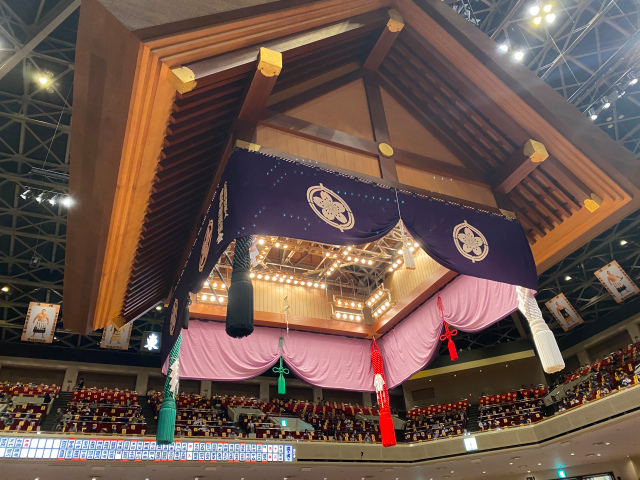
We take you through a day at the sumo, with all-new procedures, restrictions and perks for spectators.
Last year was a tough one for Japanese sumo, with the coronavirus pandemic throwing a spanner in the works for the sport’s annual indoor tournaments, which are traditionally held six times every year–three times at Tokyo’s Ryogoku Kokugikan and once each in Osaka, Aichi and Fukuoka prefectures.
While the Osaka tournament in March 2020 went ahead without spectators for the first time in history, the Tokyo tournament in May was called off completely due to the state of emergency. After that, fans in Aichi and Fukuoka missed out on attending their local tournaments in July and November respectively, as these were moved to Tokyo to keep wrestlers from travelling outside of the capital during the pandemic.
The events in Tokyo went ahead with spectators reduced to 2,500 people, or around a quarter of the venue’s capacity, before being gradually increased to 5,000, with countermeasures in place to safeguard visitors from coronavirus transmission.
▼ Tokyo’s Ryogoku Kokugikan
So what exactly are those countermeasures, and are they enough to make spectators feel safe during the pandemic? Our Japanese-language reporter Ikuna Kamezawa was keen to find the answers to these questions, so when tickets were released for this month’s Osaka tournament, which has been moved to Tokyo once again by the Japan Sumo Association, she booked herself a seat on opening day and headed out to investigate.
▼ Ikuna boarded a train at Shinjuku and alighted at Ryogoku, the closest station to the sumo stadium.
▼ After a short two-minute walk she found herself outside the Kokugikan (National Hall), the venue for the current 14-28 March tournament.
The entrance looked very different to the one she was used to seeing pre-pandemic, with covered walkways now set up to keep crowds separated.
▼ Hand sanitisation stations with automatic sensors were in place for visitors to use before entering the building.
▼ Once inside, all visitors had their temperature checked…
▼ …And the usually crowded stores and hallways were eerily empty
While the reduced seating capacity initially made her think tickets would be hard to secure, it was actually the opposite, because unlike previous years, Ikuna had no problem securing a good seat with a great view.
▼ Spectators can sit at empty seats near the ring before going to their allocated seat once the big matches start in the afternoon.
Of course, the number of spectators choosing to stay home has increased during the pandemic, but the empty seats around her really made Ikuna realise the true extent of those numbers.
▼ Signs on every second seat indicate they’re required to remain vacant, to keep spectators apart.
The reason for the low number of attendees at sumo matches isn’t just due to people wanting to avoid crowds. Some people attend sumo specifically to interact with the famous wrestlers, while others like the experience of drinking while watching the bouts. Others use sumo matches as a way to entertain contacts and business clients.
All these drawcards are off the table during the pandemic, though, as drinking, loud talking, and contact with wrestlers are now prohibited, which means a day out at the sumo has become a more staid affair.
▼ Signs and announcements around the stadium highlight the importance being placed on safety
Currently, drinking, eating, sitting next to each other, cheering, and stopping to wait for wrestlers or coming into contact with them are all prohibited in the National Hall.
For many, taking a photo with their favourite wrestler is a highlight of the day and well worth the price of admission. In fact, there’s usually so much to do at the venue that some spectators can spend a whole day there without taking a seat inside the main hall until the afternoon. Ikuna was happy to forego all that during the pandemic, though, instead walking around the hall to catch a view of the ring from different seating areas.
After investigating the spectator seating, Ikuna took her own seat in a spacious box and was pleasantly surprised to see the people around her behaving themselves incredibly well. Everyone appeared to be consciously watching their manners, and no matter how exciting a bout was, people refrained themselves from shouting or making any noise.
The attitude of everyone around her put Ikuna at ease as she watched the rest of the bouts for the day, and she was truly grateful for everyone’s joint cooperation to make the experience as safe as possible. In fact, Ikuna says she felt safer here than walking out on the street, due to the fact that there are so many coronavirus countermeasures in place around the venue.
▼ Don’t forget to sterilise those hands!
▼ Ikuna was happy to see both staff and spectators fully masked up at all times.
There may be quite a lot of restrictions in place, but there are actually a few perks for visitors. The sumo association is holding a lottery for attendees with some gorgeous prizes, and “Japanese Outfit Day“, usually held on specified days during the tournament, is now being held every day, which means spectators dressed in traditional outfits like kimono will be able to receive a free Kokugikan curry, a photo badge of themselves, and a cardboard print.
▼ The stadium’s specialty, Kokugikan curry, usually retails for 400 yen (US$3.66).
On the second floor there’s an “AR Movie Signage” system where you can pose alongside your favourite sumo wrestler through the magic of augmented reality for 1,000 yen.
Another new offer from the sumo association is the “Sumo Collection”, an online trading card service. Users can receive a limited number of wrestler trading cards every day just by logging in on their smartphones.
One of Ikuna’s acquaintances has been logging in every day, and without knowing what they were doing they were somehow able to achieve the number one ranking nationwide for wrestler Tsuyoshi Azumaryu.
If you’re like Ikuna and find online trading cards confusing, then these wrestler cutouts may be more up your alley. Free and easy-to-use, these are the next best thing to actually posing with a wrestler in the halls of the stadium right now.
▼ Life-size dimensions add to the realism.
After enjoying her day out at the sumo, Ikuna was actually surprised at how safe she felt at the stadium. It may not be for everyone, especially with the no-alcohol, no-shouting, no-meeting-wrestlers policy creating a less energetic atmosphere, but those interested in the actual bouts will be grateful for the sumo association’s efforts to keep spectators safe at the events.
The association’s decision to keep fighting–literally and figuratively–during the coronavirus pandemic is in line with the spirit of their wrestlers, especially the smallest ones who vow to fight using everything they’ve got. It hasn’t been an easy ride for them, though, with one young wrestler losing his life and another his job to COVID-19. Here’s hoping the coming year brings happier times for the sport, the fans, and the athletes as well.
Photos © SoraNews24
● Want to hear about SoraNews24’s latest articles as soon as they’re published? Follow us on Facebook and Twitter!
[ Read in Japanese ]


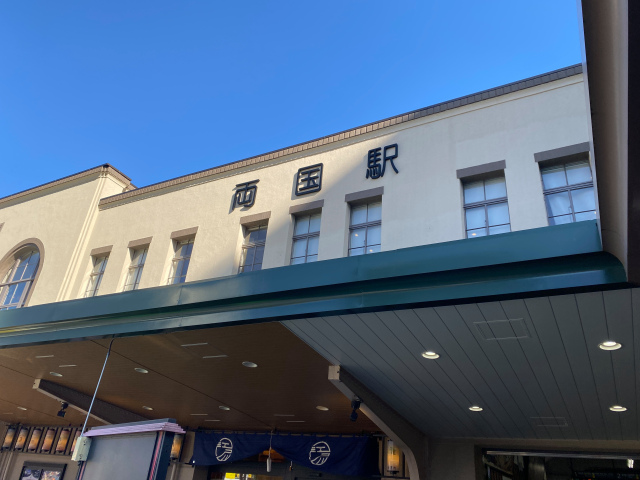
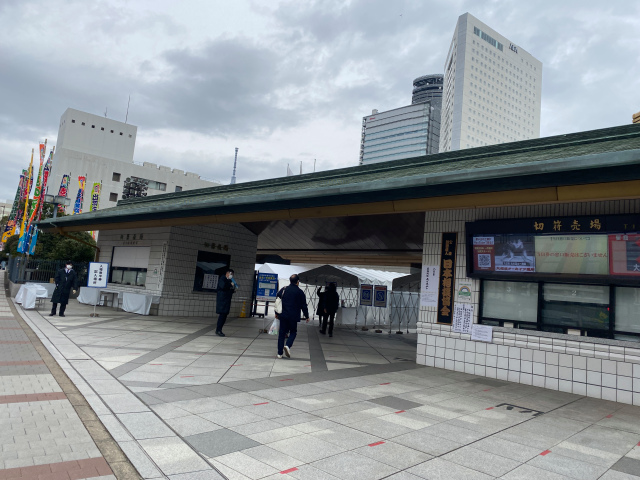
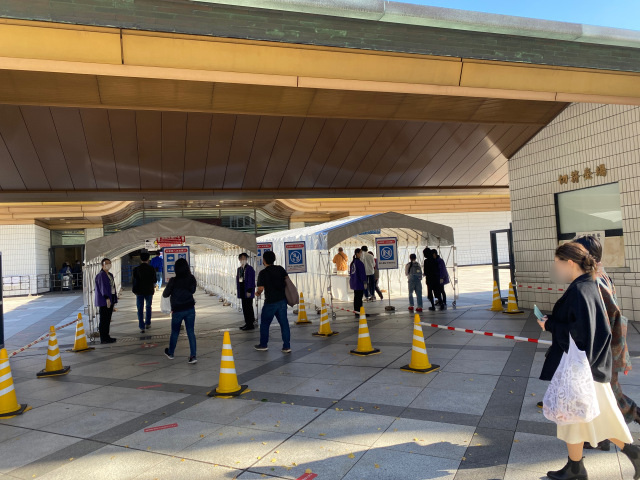
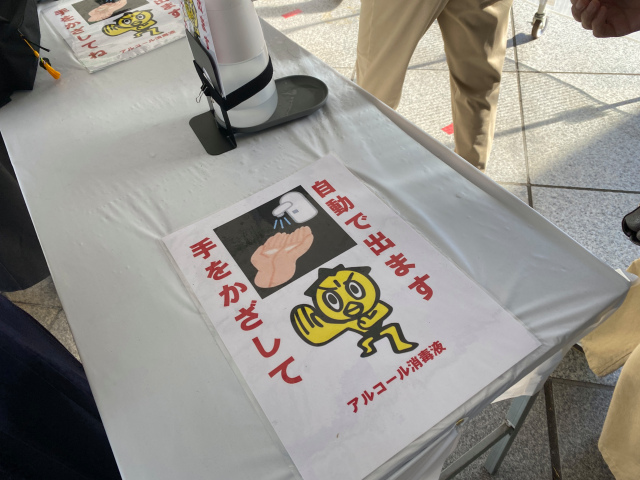
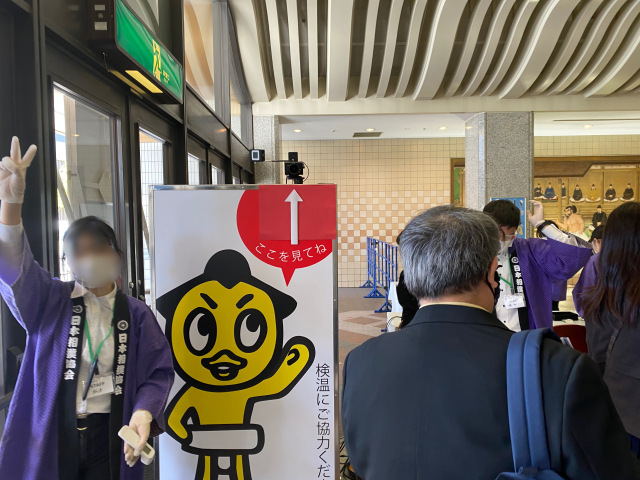
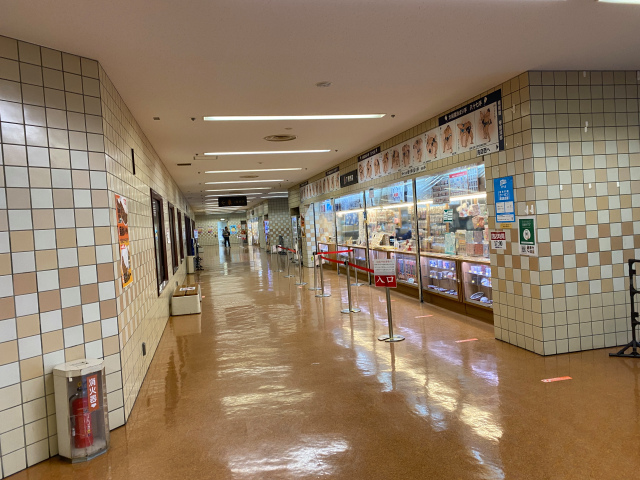
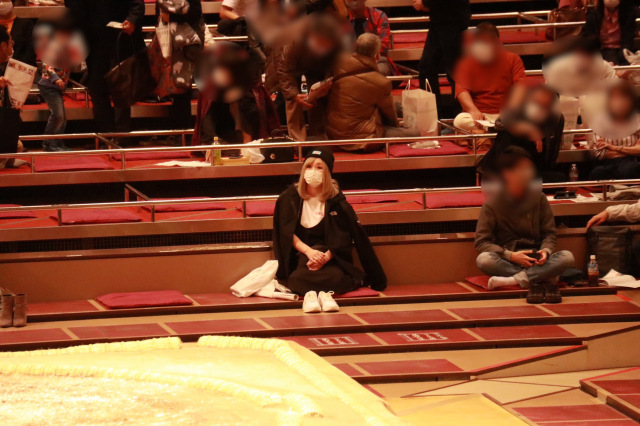
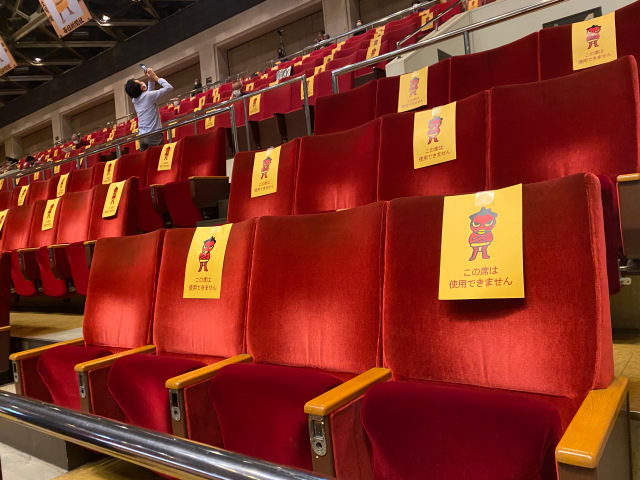
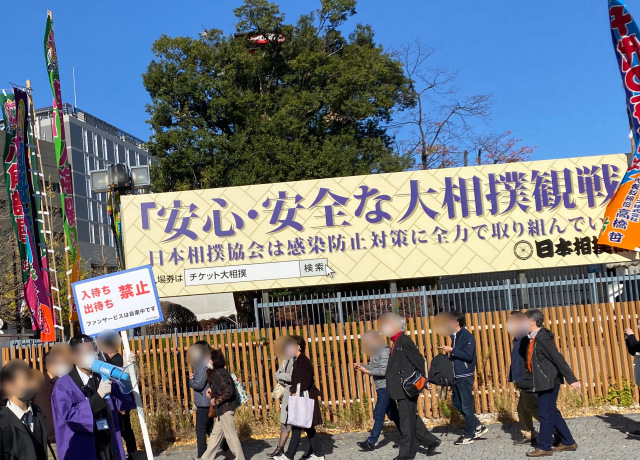
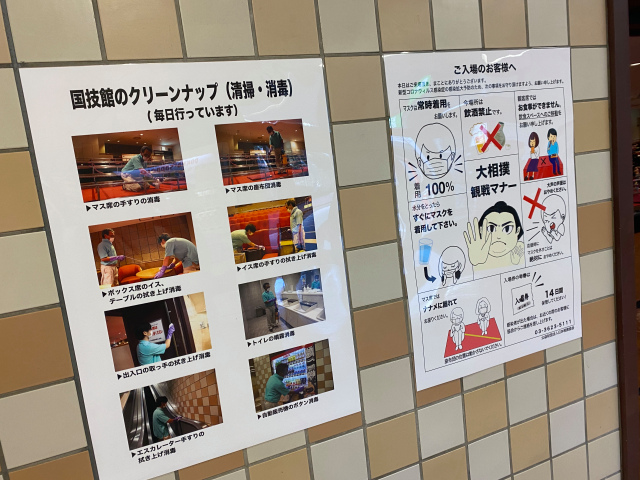
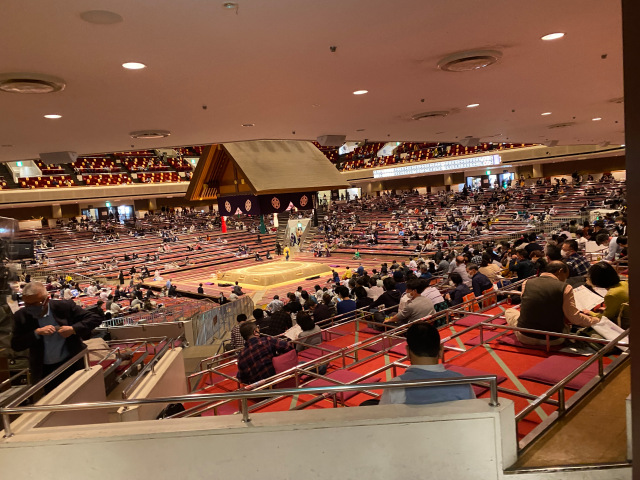
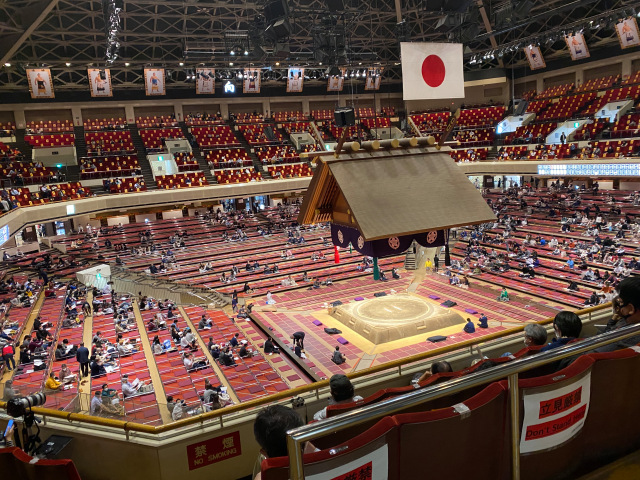
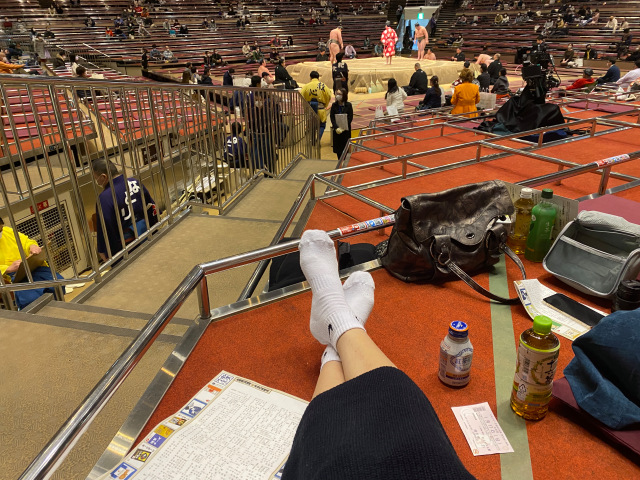
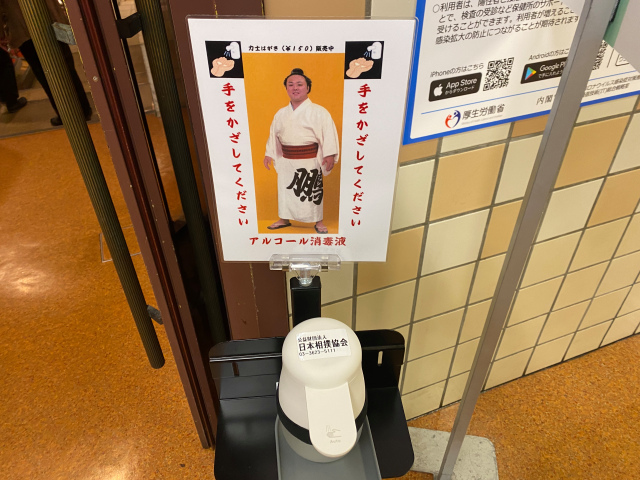
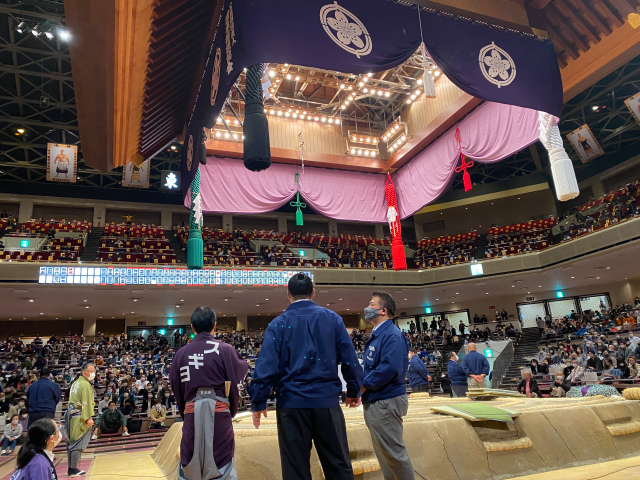
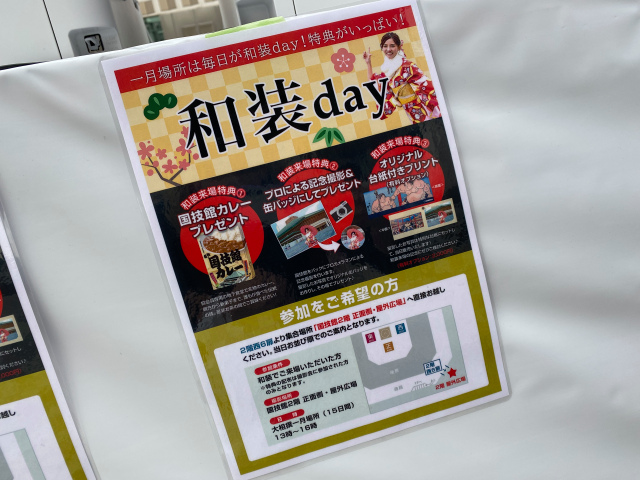
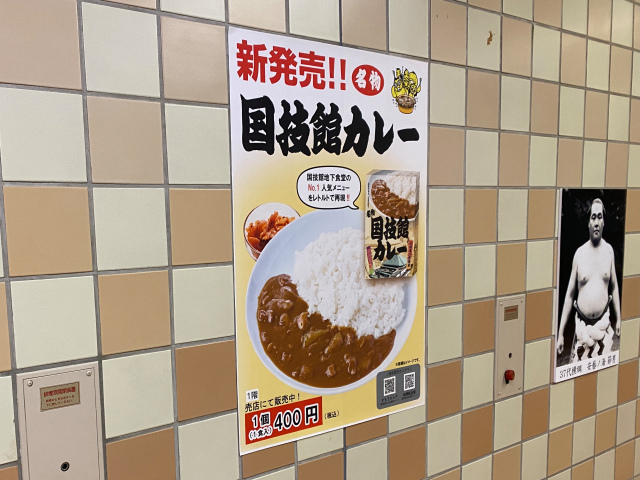

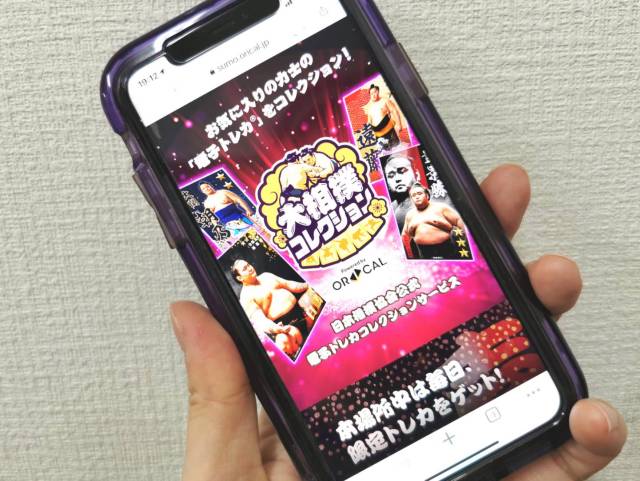
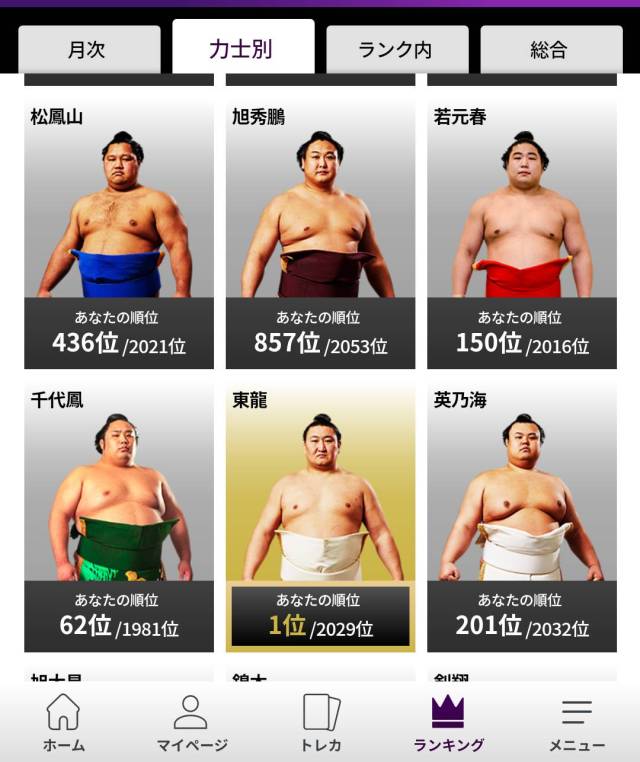
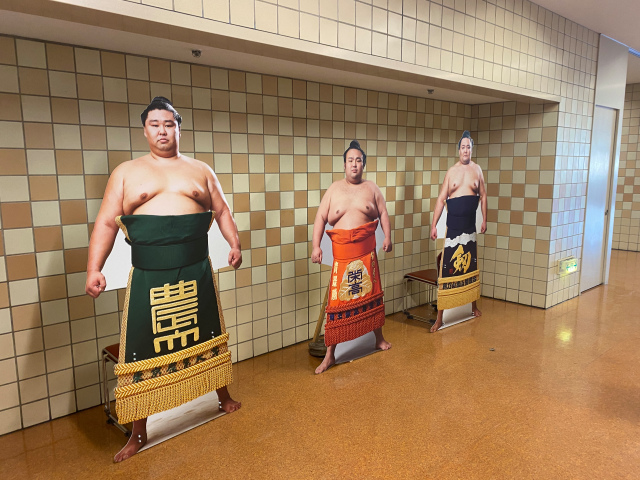
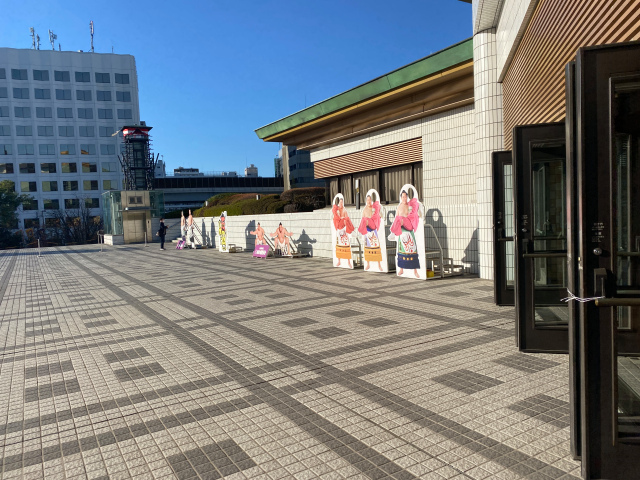
 Can you enjoy a day at Tokyo’s Kokugikan sumo stadium if you know nothing about the sport?【Pics】
Can you enjoy a day at Tokyo’s Kokugikan sumo stadium if you know nothing about the sport?【Pics】 Secrets of the sumo ring: Behind-the-scenes rituals that support the wrestlers…literally【Video】
Secrets of the sumo ring: Behind-the-scenes rituals that support the wrestlers…literally【Video】 Retired sumo champion swaps loincloth for a baker’s apron and their bread wows us 【Taste Test】
Retired sumo champion swaps loincloth for a baker’s apron and their bread wows us 【Taste Test】 Sumo Wrestlers Greet the World From Tokyo on Google Maps
Sumo Wrestlers Greet the World From Tokyo on Google Maps What the heck is this huge sumo wrestler doing at Ryogoku Station in Tokyo?
What the heck is this huge sumo wrestler doing at Ryogoku Station in Tokyo? Harajuku’s new permanent Tamagotchi shop is filled with cuteness and a surprising lack of poop
Harajuku’s new permanent Tamagotchi shop is filled with cuteness and a surprising lack of poop We revisited Sweets Paradise after a decade to see if Japan’s dessert buffet still delivers
We revisited Sweets Paradise after a decade to see if Japan’s dessert buffet still delivers McDonald’s Japan’s moon-viewing mochi pies are a little more westernized-tasting this year
McDonald’s Japan’s moon-viewing mochi pies are a little more westernized-tasting this year Japan’s new difficult-to-drink-from beer glass protects your liver, but it’s a brutal experience
Japan’s new difficult-to-drink-from beer glass protects your liver, but it’s a brutal experience We eat the best crayfish of our life at a Tokyo specialty restaurant【Taste test】
We eat the best crayfish of our life at a Tokyo specialty restaurant【Taste test】 Starbucks teams up with 166-year-old Kyoto doll maker for Year of the Horse decorations【Photos】
Starbucks teams up with 166-year-old Kyoto doll maker for Year of the Horse decorations【Photos】 You can now buy a Japanese train station clock in Japan
You can now buy a Japanese train station clock in Japan Harry Potter Cafe opening in Tokyo and the menu is nothing short of spellbinding【Photos】
Harry Potter Cafe opening in Tokyo and the menu is nothing short of spellbinding【Photos】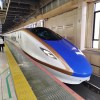 Is the new Shinkansen Train Desk ticket worth it?
Is the new Shinkansen Train Desk ticket worth it? We visited a “terrible” Japanese hot spring hotel near Narita Airport
We visited a “terrible” Japanese hot spring hotel near Narita Airport Starbucks Japan ready to get Year of the Horse started with adorable drinkware and plushies【Pics】
Starbucks Japan ready to get Year of the Horse started with adorable drinkware and plushies【Pics】 7-Eleven Japan’s ramen-cooking robot whipped us up a bowl of noodles【Taste test】
7-Eleven Japan’s ramen-cooking robot whipped us up a bowl of noodles【Taste test】 Cyberpunk anime meets traditional culture in Ghost in the Shell gold leaf Japanese changing screens
Cyberpunk anime meets traditional culture in Ghost in the Shell gold leaf Japanese changing screens 7 great places to see Mt. Fuji from without having to climb it
7 great places to see Mt. Fuji from without having to climb it Hello Kitty Choco Egg figures are an adorable trip through three periods of Japanese pop culture【Pics】
Hello Kitty Choco Egg figures are an adorable trip through three periods of Japanese pop culture【Pics】 Japan’s otoshidama tradition of giving kids money at New Year’s gets a social welfare upgrade
Japan’s otoshidama tradition of giving kids money at New Year’s gets a social welfare upgrade We found possibly the quietest Japanese-style hotel in Tokyo’s bustling Shinjuku district
We found possibly the quietest Japanese-style hotel in Tokyo’s bustling Shinjuku district Lacquerware supplier to emperor of Japan and Pokémon team up for new tableware
Lacquerware supplier to emperor of Japan and Pokémon team up for new tableware Sumo Sanrio! Hello Kitty and pals team up with Japan Sumo Association for new merch【Pics】
Sumo Sanrio! Hello Kitty and pals team up with Japan Sumo Association for new merch【Pics】 Can a dirty butthole make you filthy rich in Japan? We’re starting a New Year’s lottery experiment
Can a dirty butthole make you filthy rich in Japan? We’re starting a New Year’s lottery experiment 7-Eleven Japan starts new temporary luggage storage service in over 300 branches
7-Eleven Japan starts new temporary luggage storage service in over 300 branches Disillusionment at Tsukiji’s tourist-target prices led us to a great ramen restaurant in Tokyo
Disillusionment at Tsukiji’s tourist-target prices led us to a great ramen restaurant in Tokyo Tokyo considering law requiring more trash cans following litter increase in heavily touristed area
Tokyo considering law requiring more trash cans following litter increase in heavily touristed area Tokyo’s Tsukiji sushi neighborhood asks tour groups to stay away for the rest of the month
Tokyo’s Tsukiji sushi neighborhood asks tour groups to stay away for the rest of the month Nintendo’s Kirby now delivering orders at Kura Sushi restaurants, but not in Japan
Nintendo’s Kirby now delivering orders at Kura Sushi restaurants, but not in Japan Tokyo event lets you travel back in time, for free, to celebrate 100 years since Showa era start
Tokyo event lets you travel back in time, for free, to celebrate 100 years since Showa era start Sanrio theme park in Japan announces plans to expand into a Sanrio resort
Sanrio theme park in Japan announces plans to expand into a Sanrio resort Japan may add Japanese language proficiency, lifestyle classes to permanent foreign resident requirements
Japan may add Japanese language proficiency, lifestyle classes to permanent foreign resident requirements Survey asks foreign tourists what bothered them in Japan, more than half gave same answer
Survey asks foreign tourists what bothered them in Japan, more than half gave same answer Japan’s human washing machines will go on sale to general public, demos to be held in Tokyo
Japan’s human washing machines will go on sale to general public, demos to be held in Tokyo Japan’s deadliest food claims more victims, but why do people keep eating it for New Year’s?
Japan’s deadliest food claims more victims, but why do people keep eating it for New Year’s? We deeply regret going into this tunnel on our walk in the mountains of Japan
We deeply regret going into this tunnel on our walk in the mountains of Japan Studio Ghibli releases Kodama forest spirits from Princess Mononoke to light up your home
Studio Ghibli releases Kodama forest spirits from Princess Mononoke to light up your home Major Japanese hotel chain says reservations via overseas booking sites may not be valid
Major Japanese hotel chain says reservations via overseas booking sites may not be valid Put sesame oil in your coffee? Japanese maker says it’s the best way to start your day【Taste test】
Put sesame oil in your coffee? Japanese maker says it’s the best way to start your day【Taste test】 No more using real katana for tourism activities, Japan’s National Police Agency says
No more using real katana for tourism activities, Japan’s National Police Agency says Starbucks Japan reveals new sakura drinkware collection, inspired by evening cherry blossoms
Starbucks Japan reveals new sakura drinkware collection, inspired by evening cherry blossoms Updated cherry blossom forecast shows extra-long sakura season for Japan this year
Updated cherry blossom forecast shows extra-long sakura season for Japan this year Special photo booths let you pose with sumo wrestlers without having to strap on a loincloth
Special photo booths let you pose with sumo wrestlers without having to strap on a loincloth Sumo Sanrio! Hello Kitty and pals team up with Japan Sumo Association for new merch【Pics】
Sumo Sanrio! Hello Kitty and pals team up with Japan Sumo Association for new merch【Pics】 Ever wanted a sumo sandwich? New baked goods line gets stamp of approval from wrestlers in Japan
Ever wanted a sumo sandwich? New baked goods line gets stamp of approval from wrestlers in Japan Sumo salt shaker steals the show in new range of Japanese wrestler goods
Sumo salt shaker steals the show in new range of Japanese wrestler goods Ukrainian sumo wrestlers take refuge in Japan to train for upcoming tournaments
Ukrainian sumo wrestlers take refuge in Japan to train for upcoming tournaments Sun, sea, and sumo: Fans of Japan’s oldest sport can soon book their dream vacation
Sun, sea, and sumo: Fans of Japan’s oldest sport can soon book their dream vacation Tokyo’s upcoming sumo dinner show matches powerful wrestlers with bilingual entertainment
Tokyo’s upcoming sumo dinner show matches powerful wrestlers with bilingual entertainment Sumo wrestler loses 104 matches in a row, retires as holder of longest professional slump
Sumo wrestler loses 104 matches in a row, retires as holder of longest professional slump Uniqlo celebrates sumo with new line of historical sumo art T-shirts【Photos】
Uniqlo celebrates sumo with new line of historical sumo art T-shirts【Photos】 Photo of exciting end of sumo match looks like…a VERY different kind of excitement
Photo of exciting end of sumo match looks like…a VERY different kind of excitement Pokémon and Japan Sumo Association announce partnership
Pokémon and Japan Sumo Association announce partnership Sumo wrestler vs. 16-month-old toddler: The cutest match you’ll ever see【Video】
Sumo wrestler vs. 16-month-old toddler: The cutest match you’ll ever see【Video】 Sumo wrestlers stage group escape from dormitory over disagreements with master’s wife
Sumo wrestlers stage group escape from dormitory over disagreements with master’s wife Giant digital sumo wrestler now stopping trains at Tokyo station【Video】
Giant digital sumo wrestler now stopping trains at Tokyo station【Video】 Burger King Japan releasing official Japan Sumo Association burger
Burger King Japan releasing official Japan Sumo Association burger
Leave a Reply